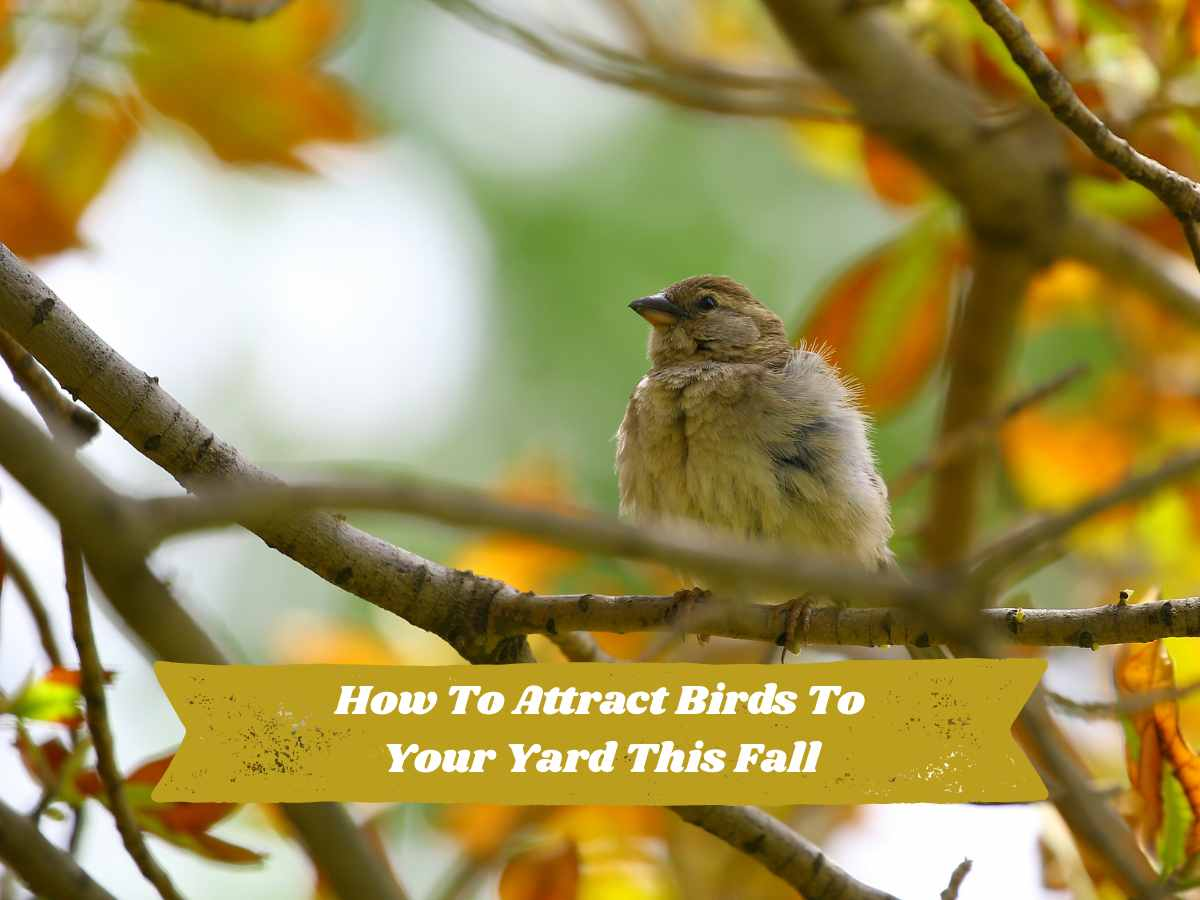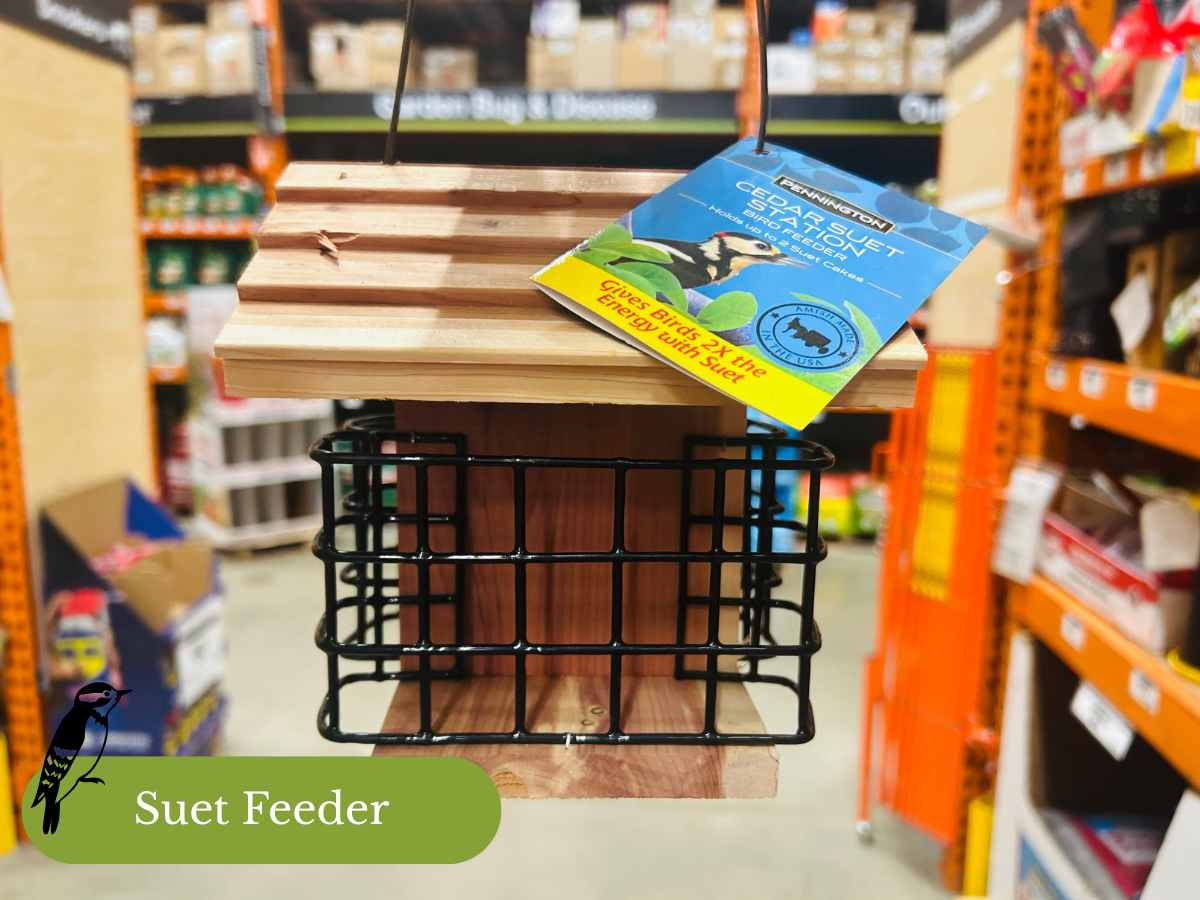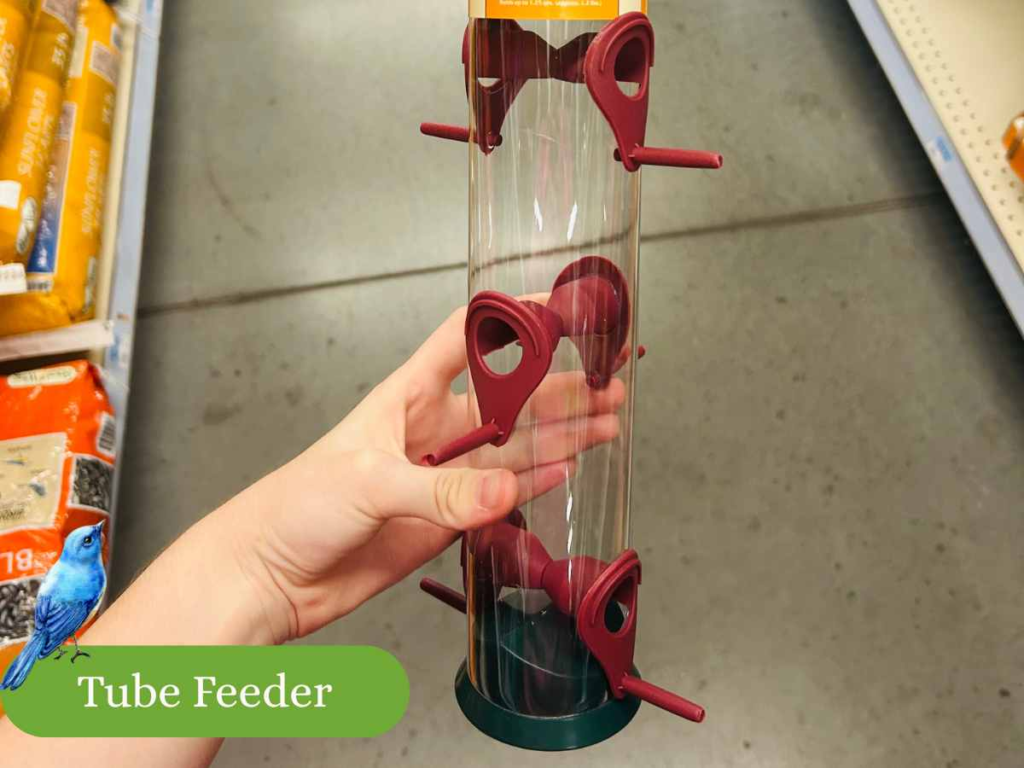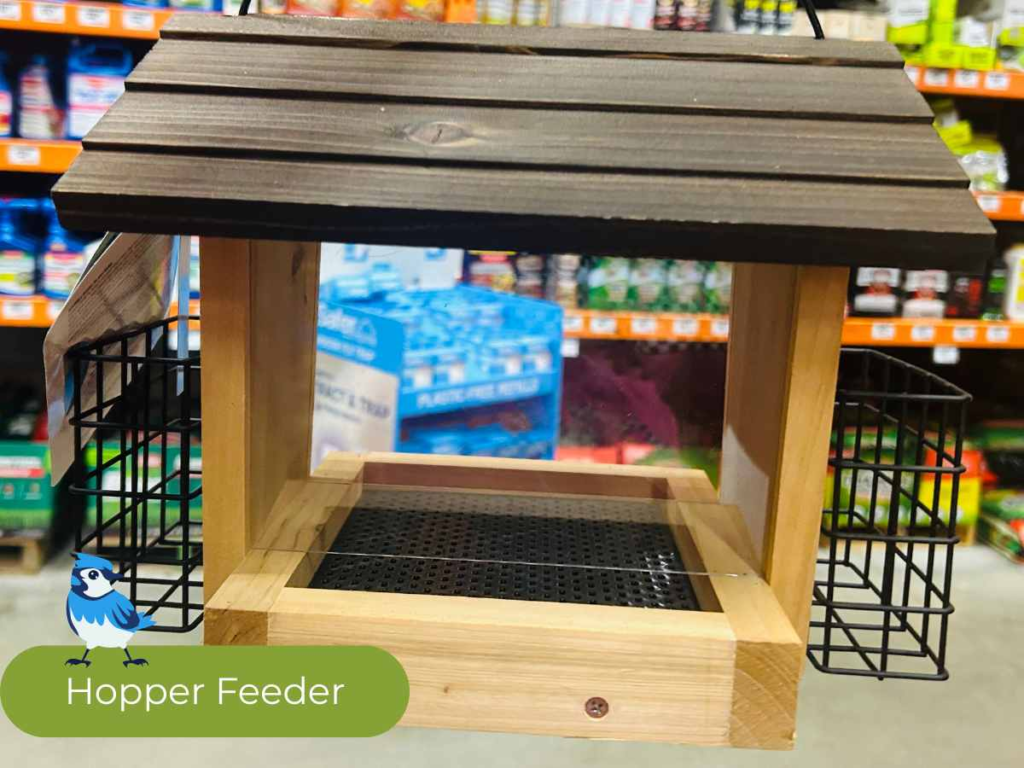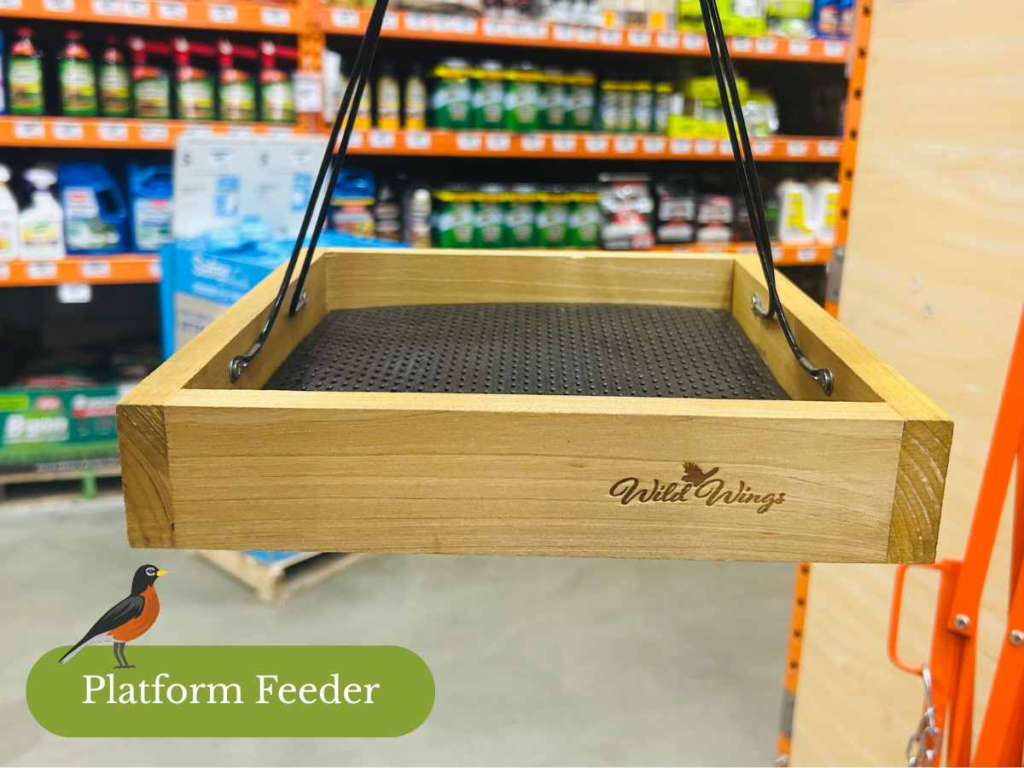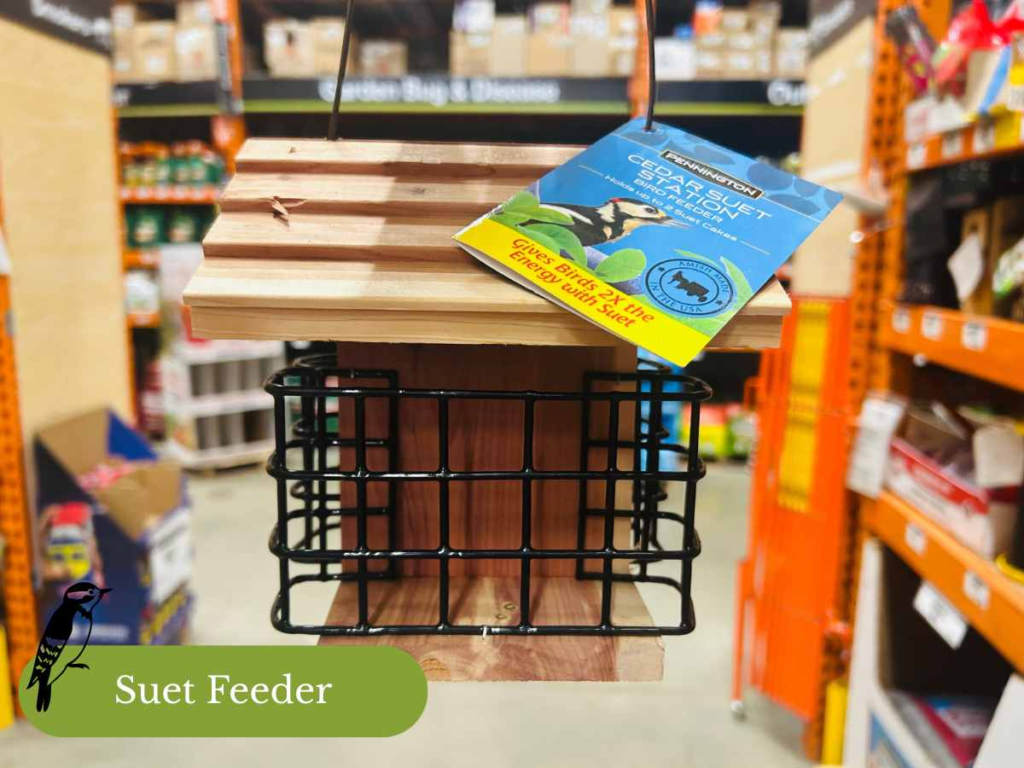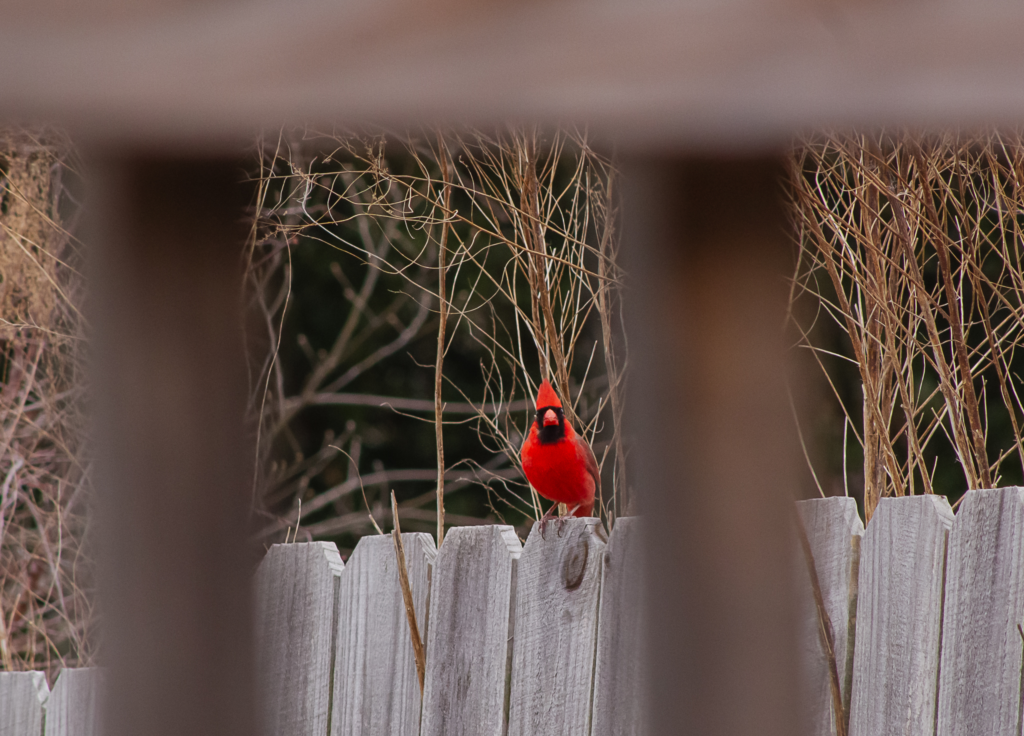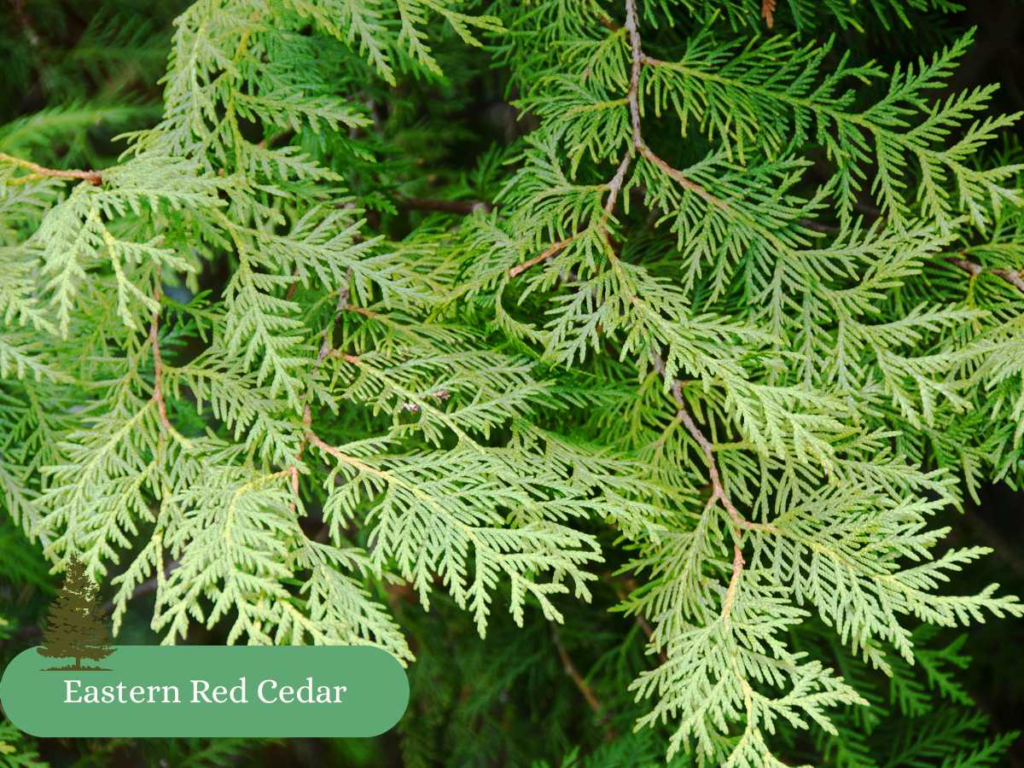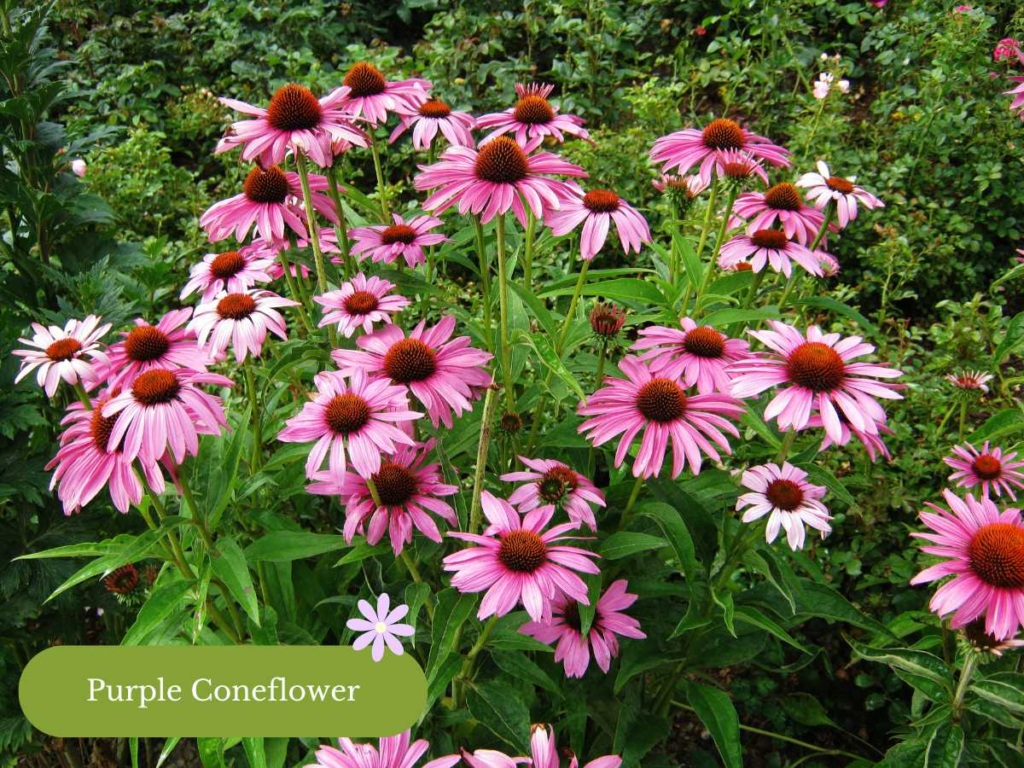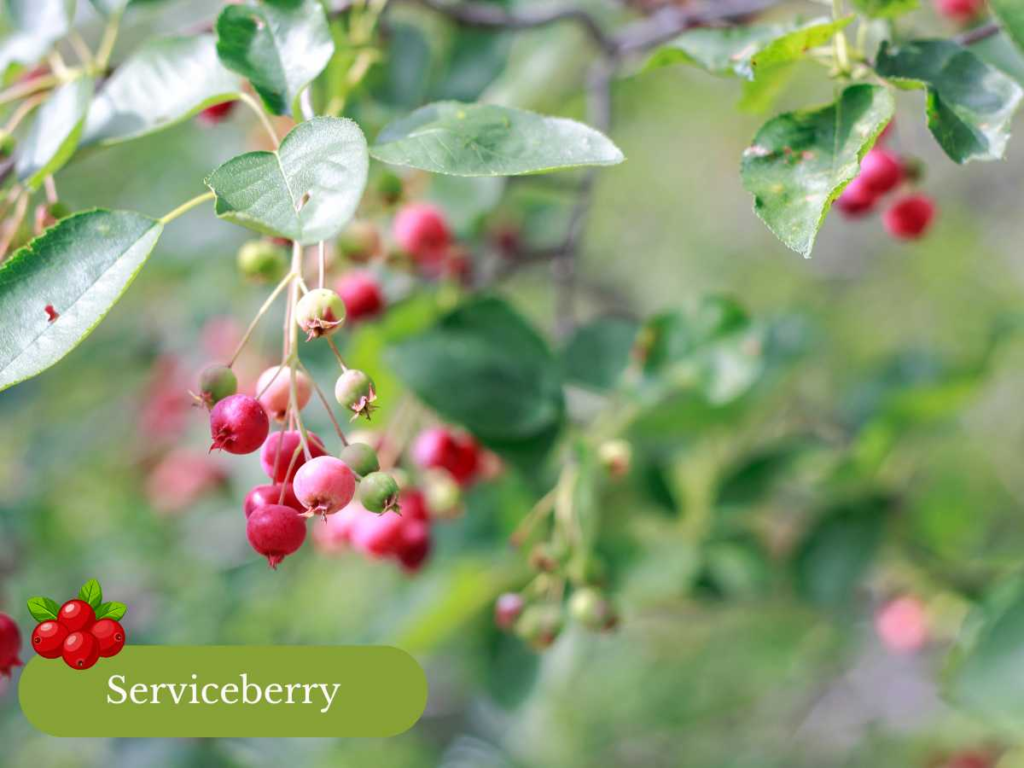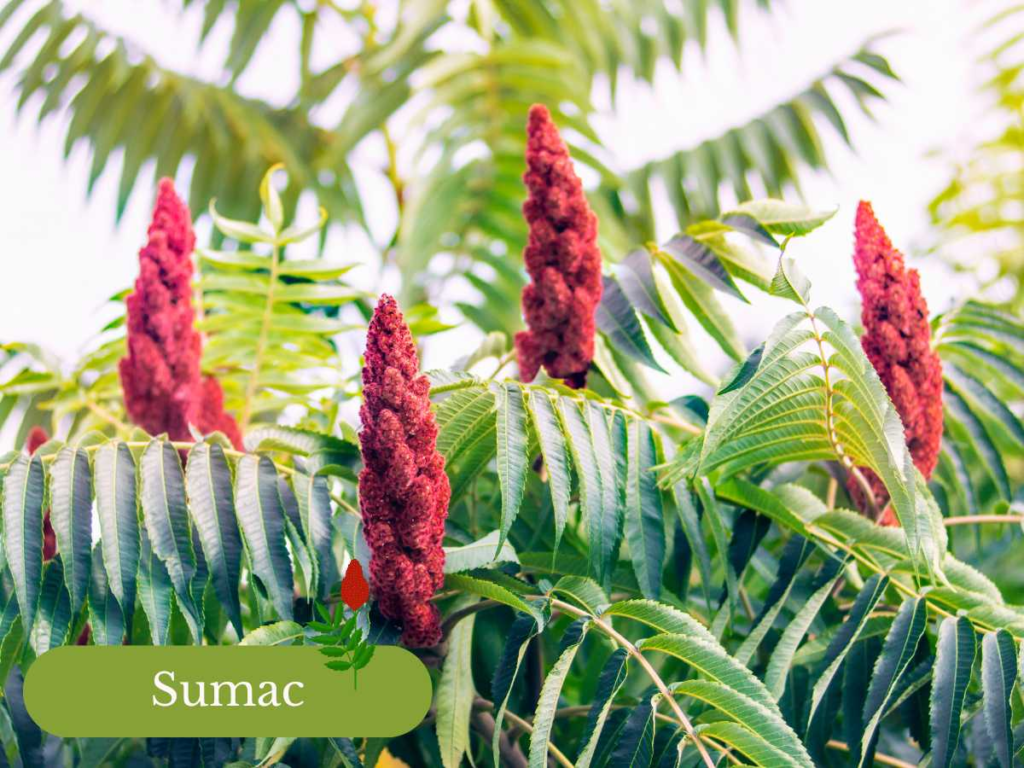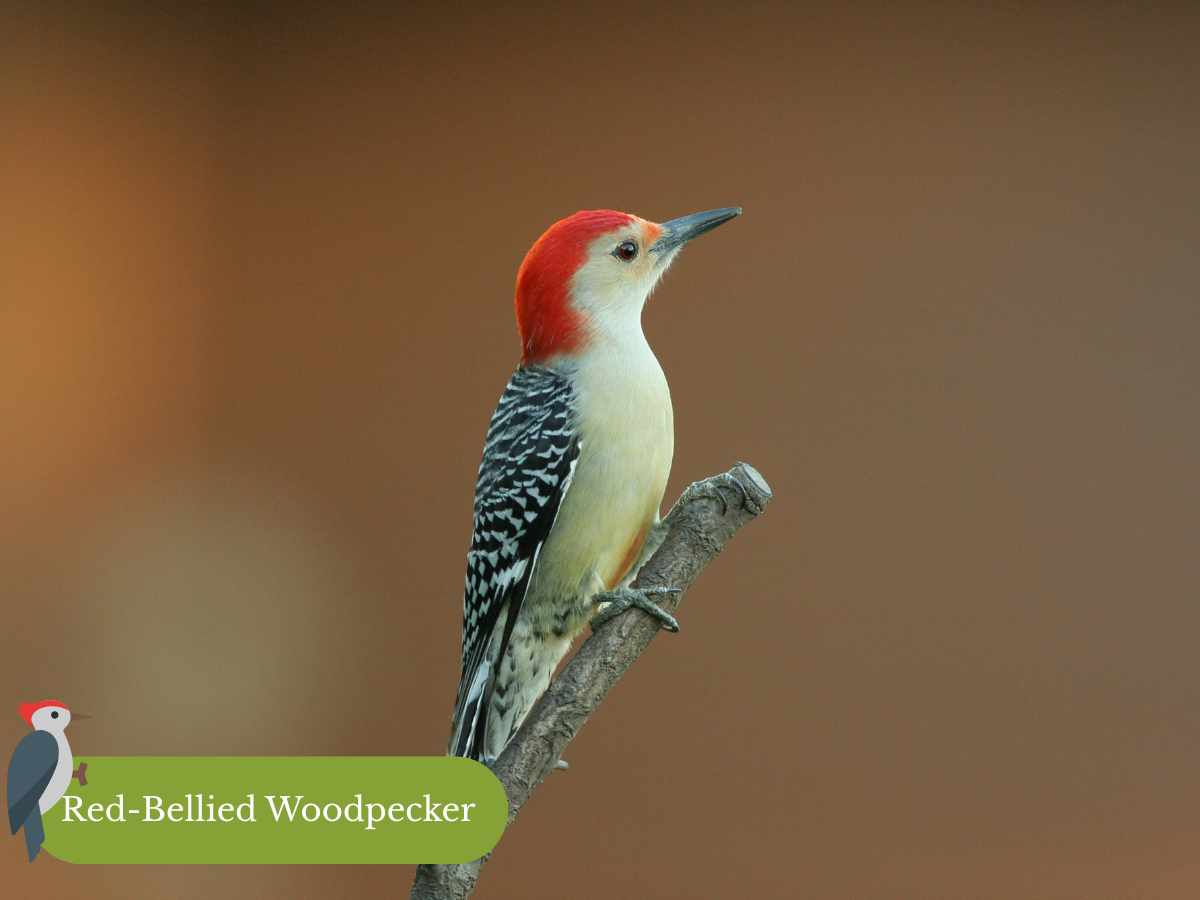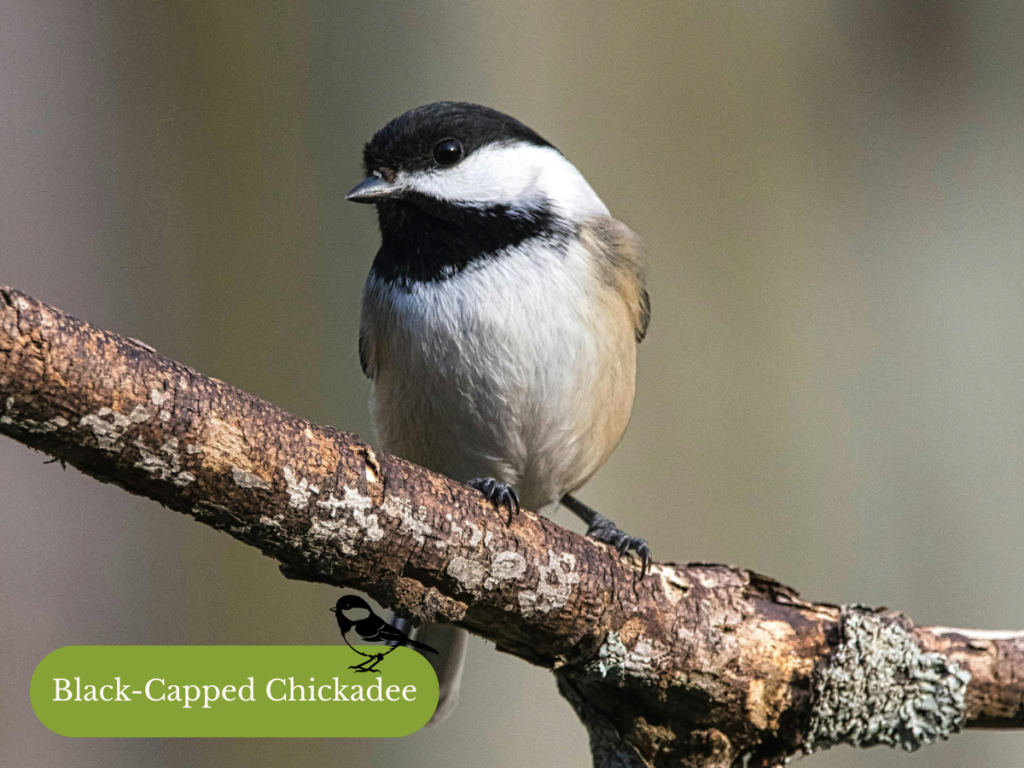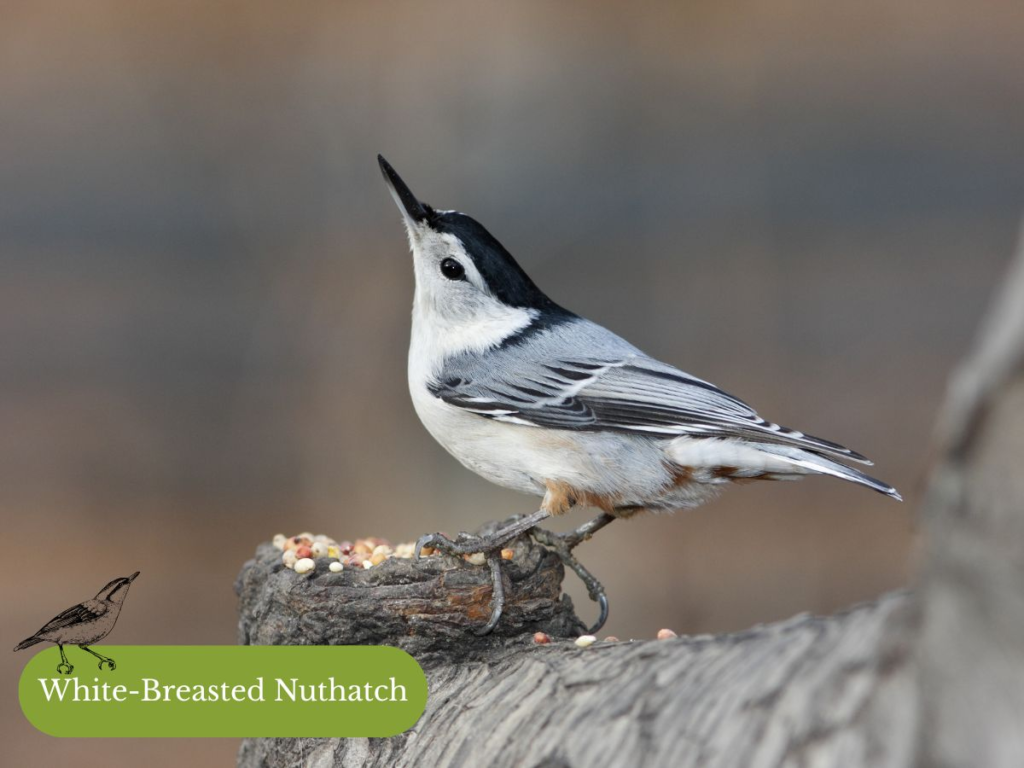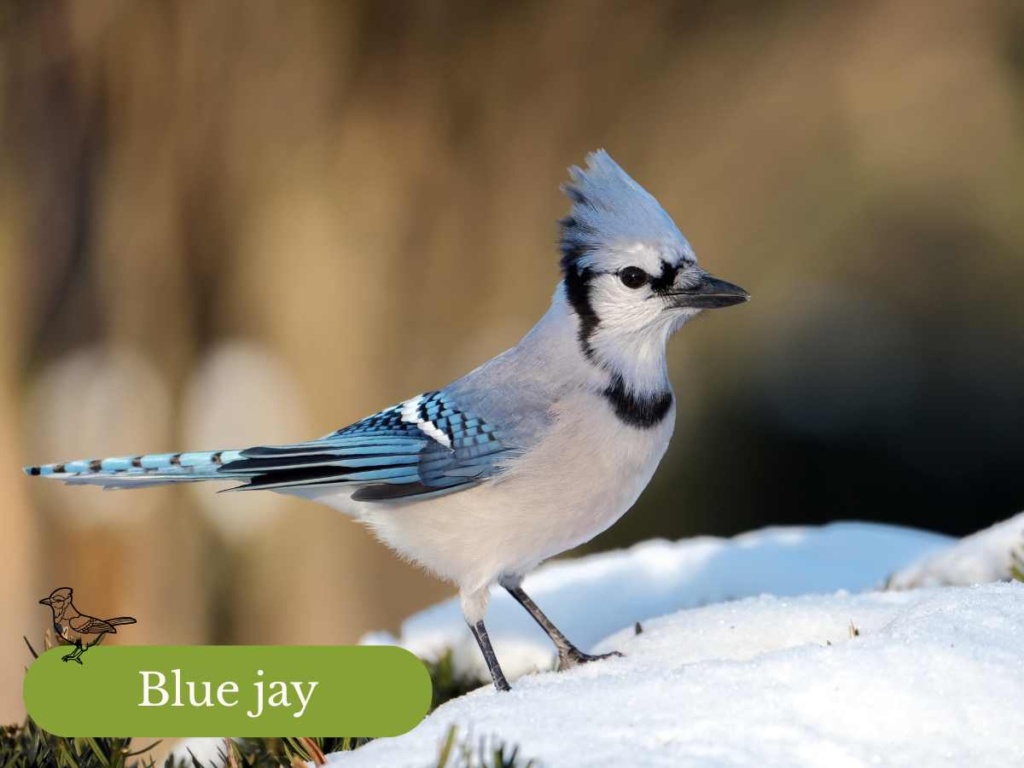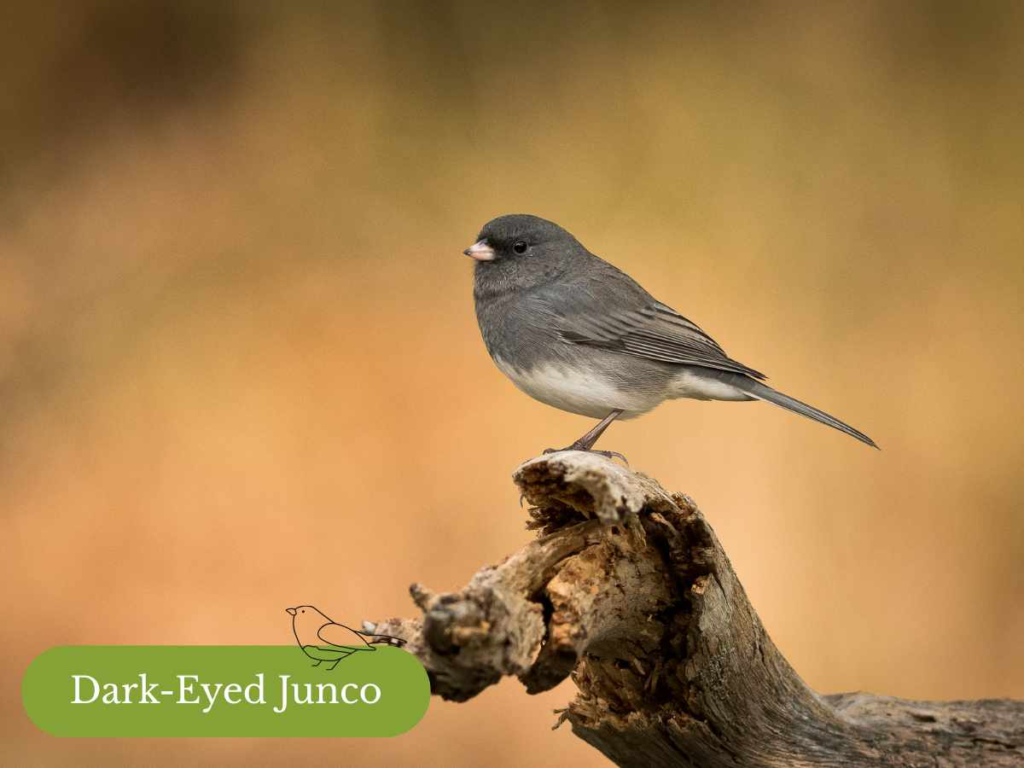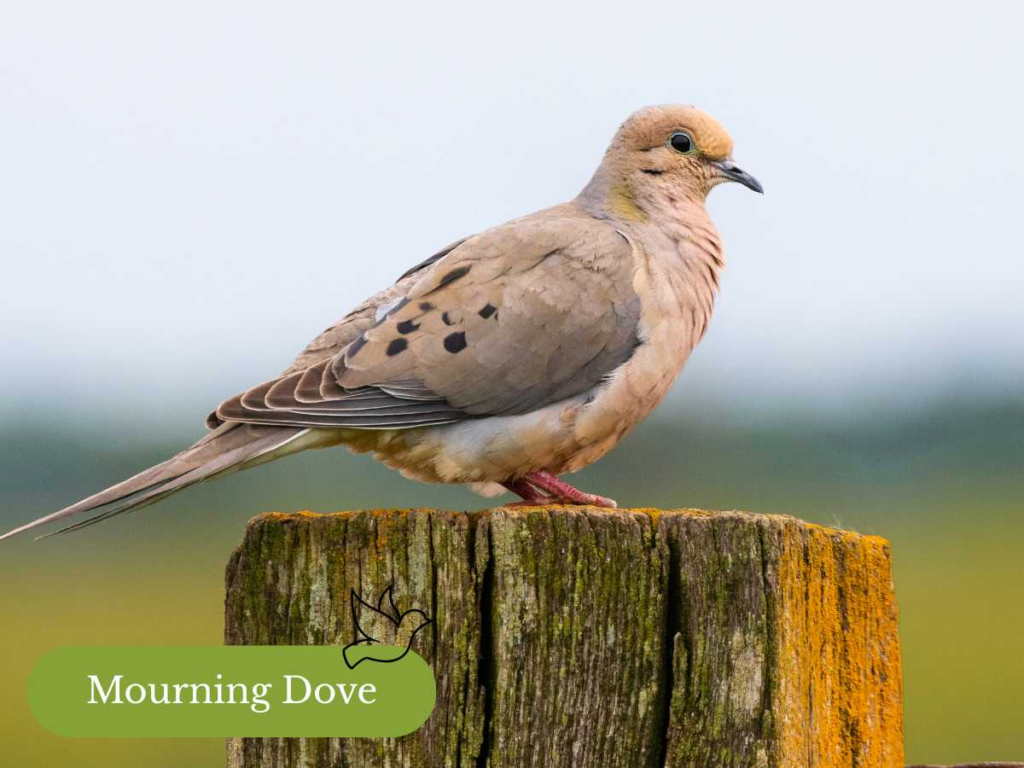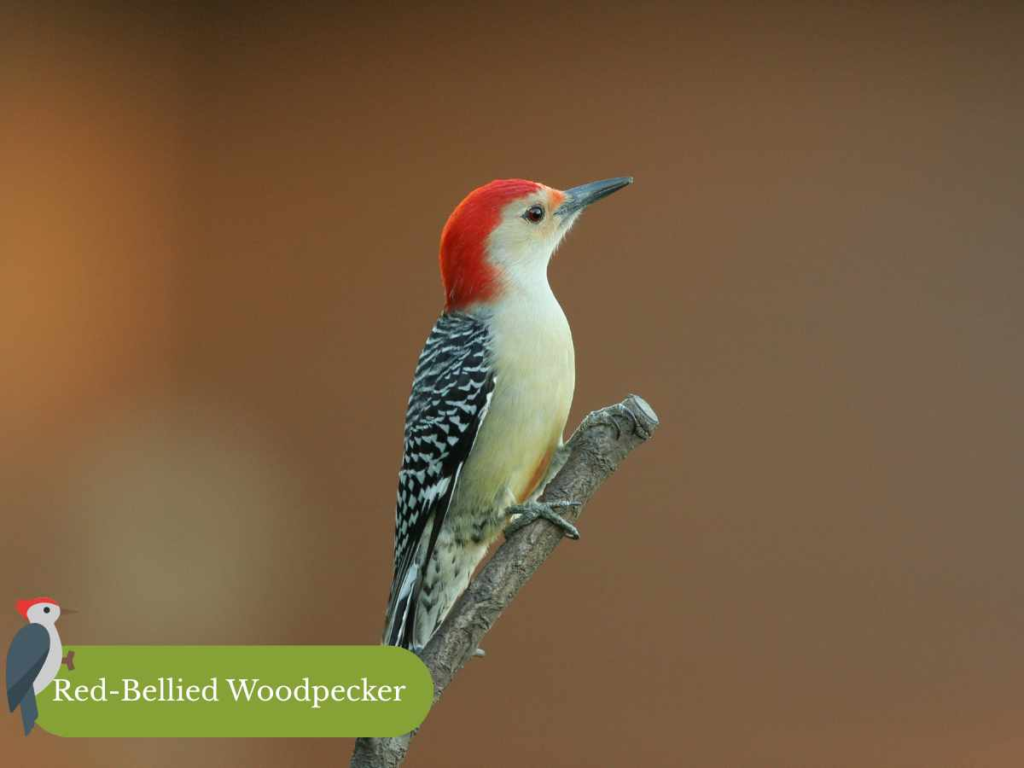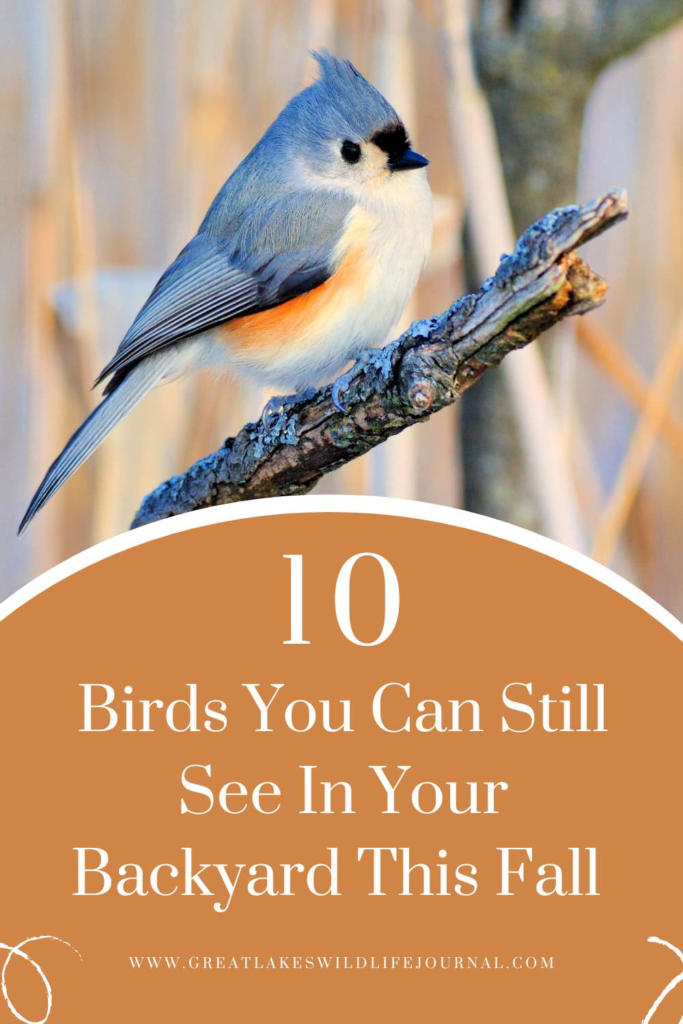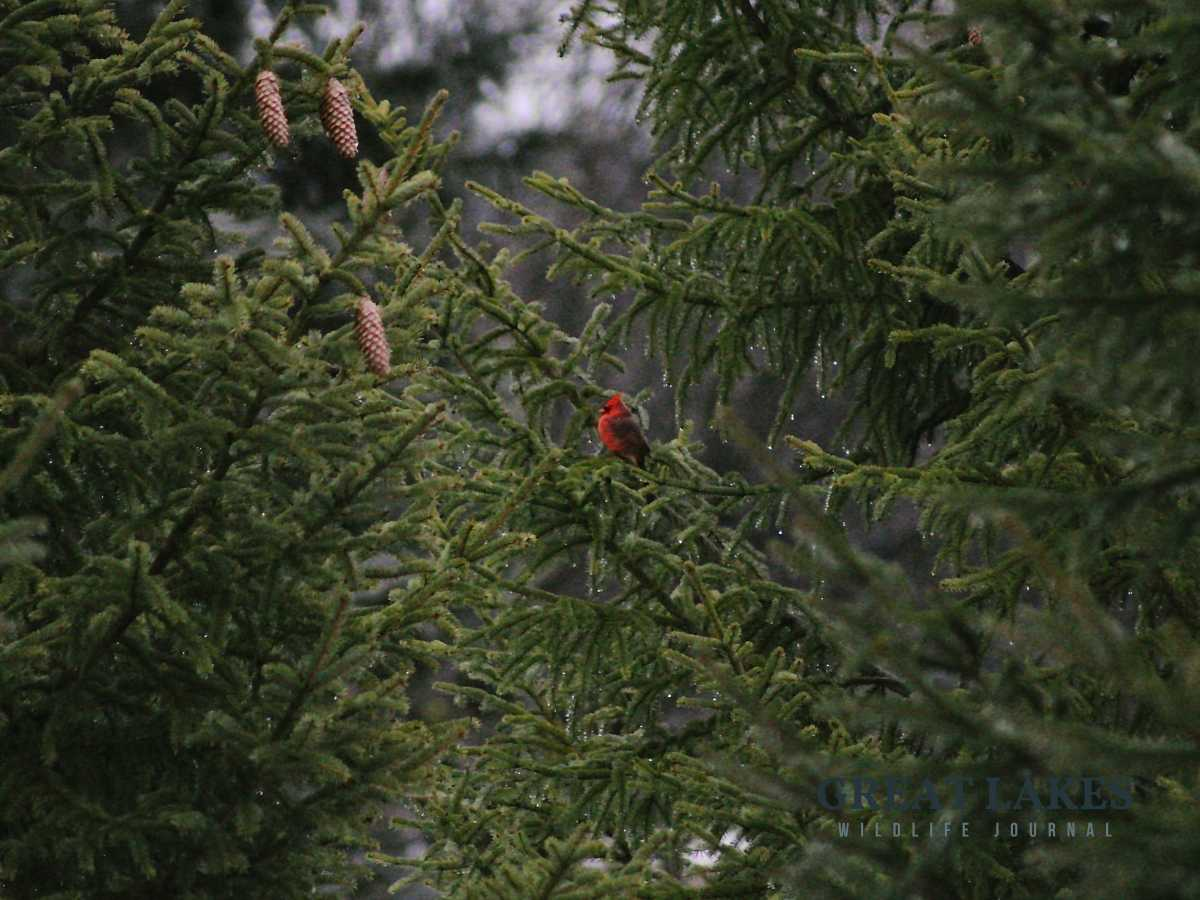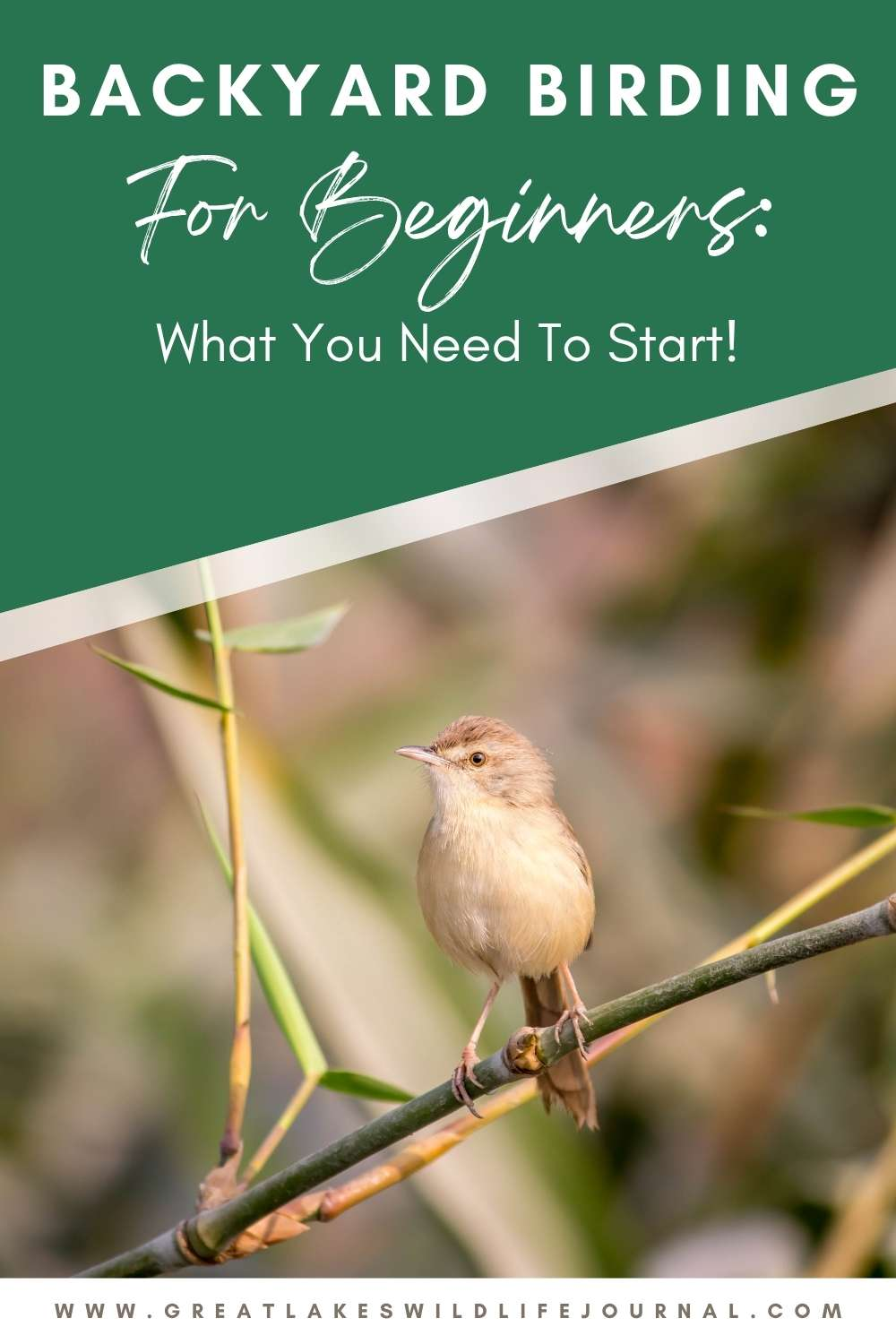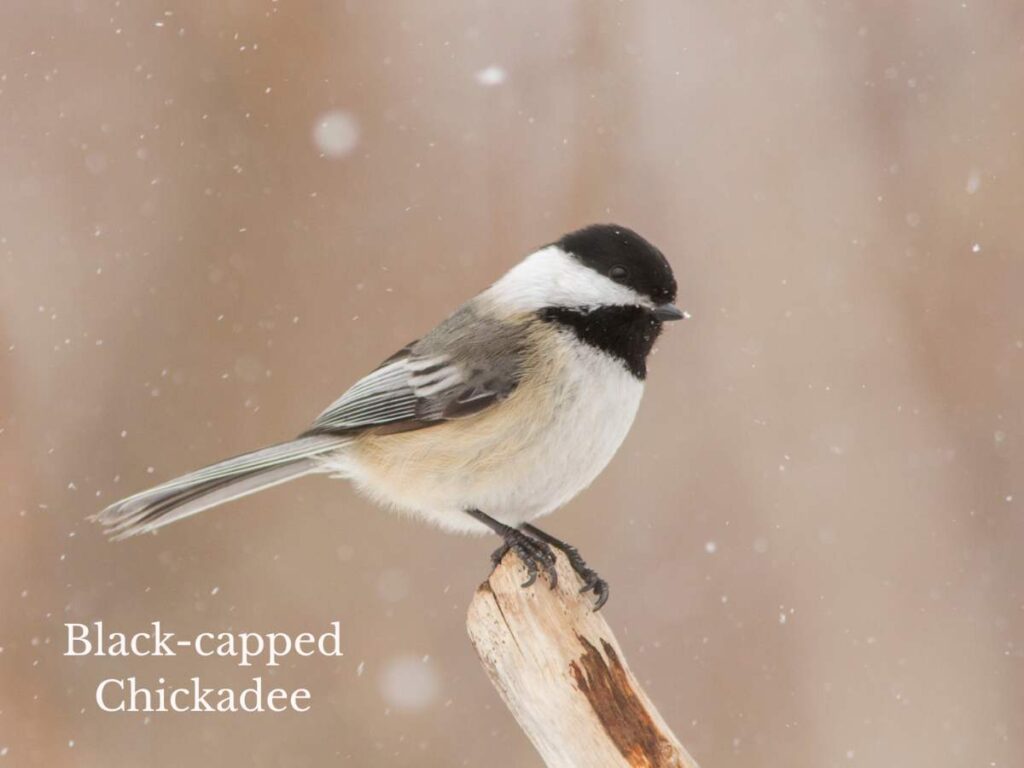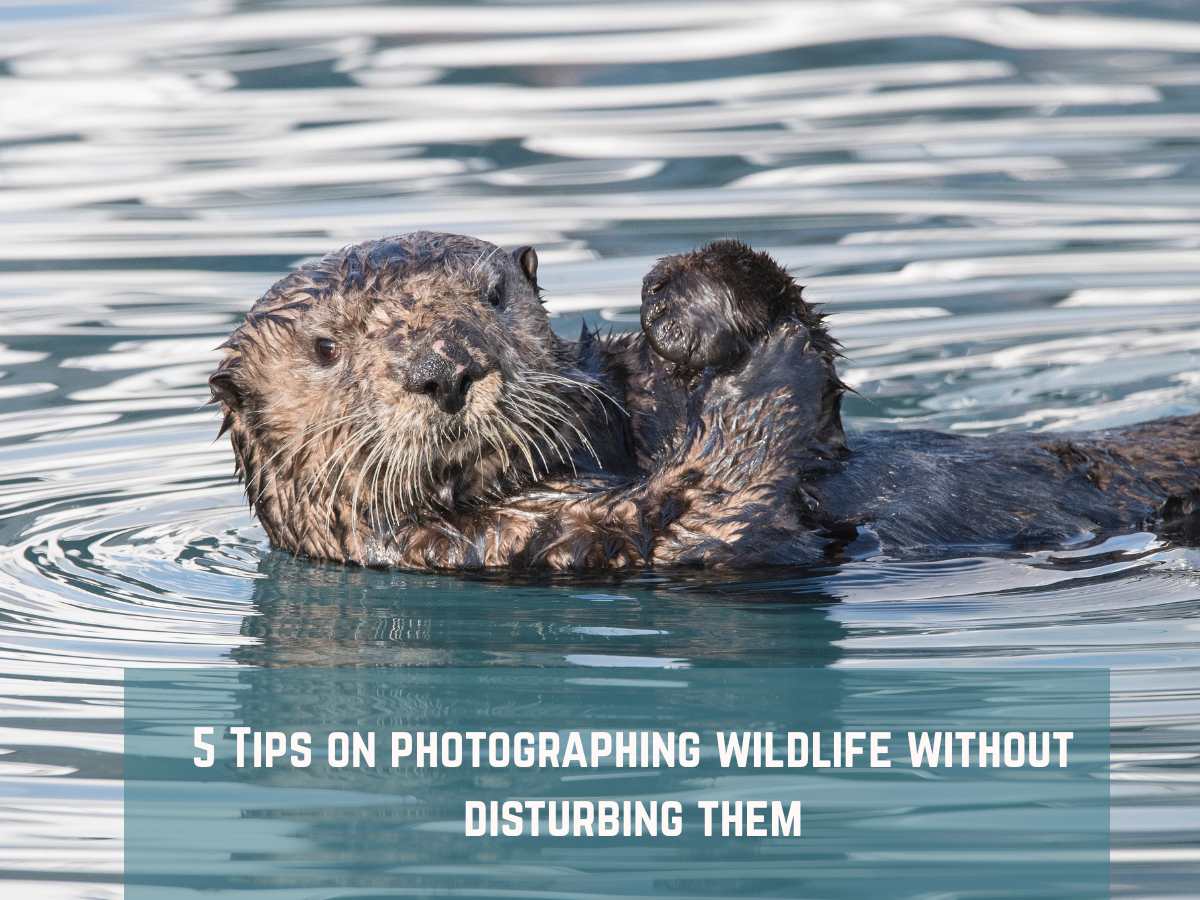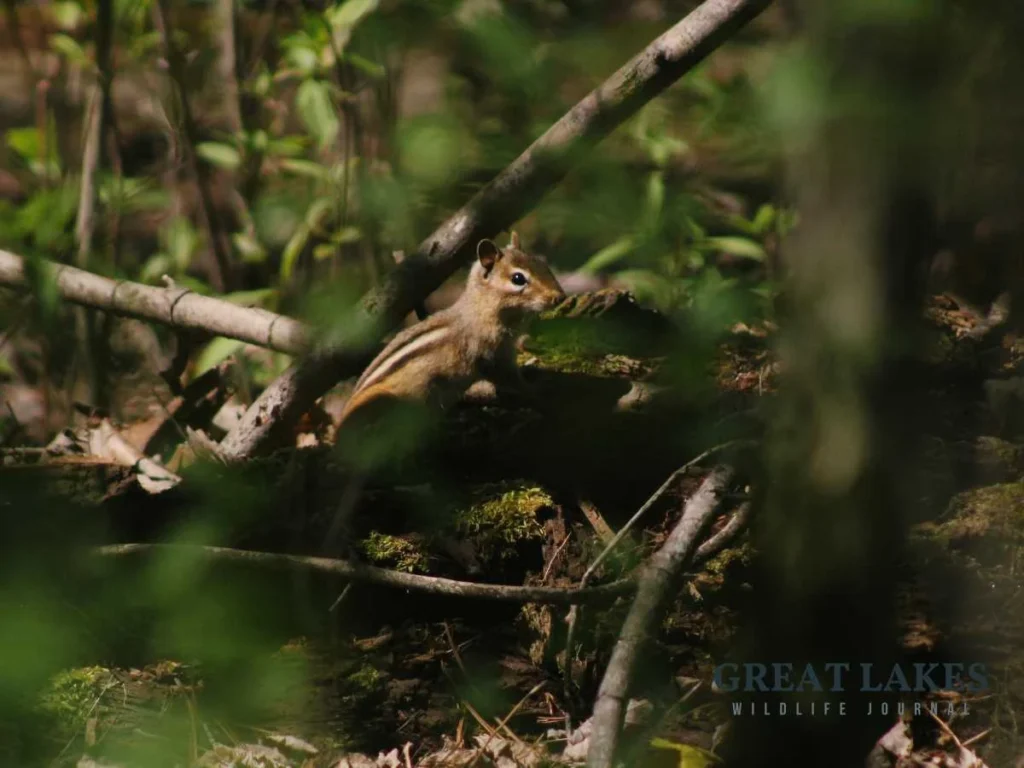Fall is one of the best times to attract birds to your backyard and prepare them for the long winter ahead. Whether you’re a seasoned birder or just getting started, here are five simple ways to make your yard a fall bird magnet.

🍁 1. Leave the Leaves
Skip the raking (yes, really!). Leaf litter is full of insects, which are a vital food source for ground foraging birds like sparrows, towhees, and robins. Plus, fallen leaves provide shelter for overwintering insects that birds will eat later in the season.

🌾 2. Let Native Plants Go to Seed
Don’t cut back your native perennials just yet. Coneflowers, black-eyed Susans, goldenrods, and grasses provide natural seed heads that birds like finches and chickadees love to snack on. These plants also offer cover from predators as the foliage thins.
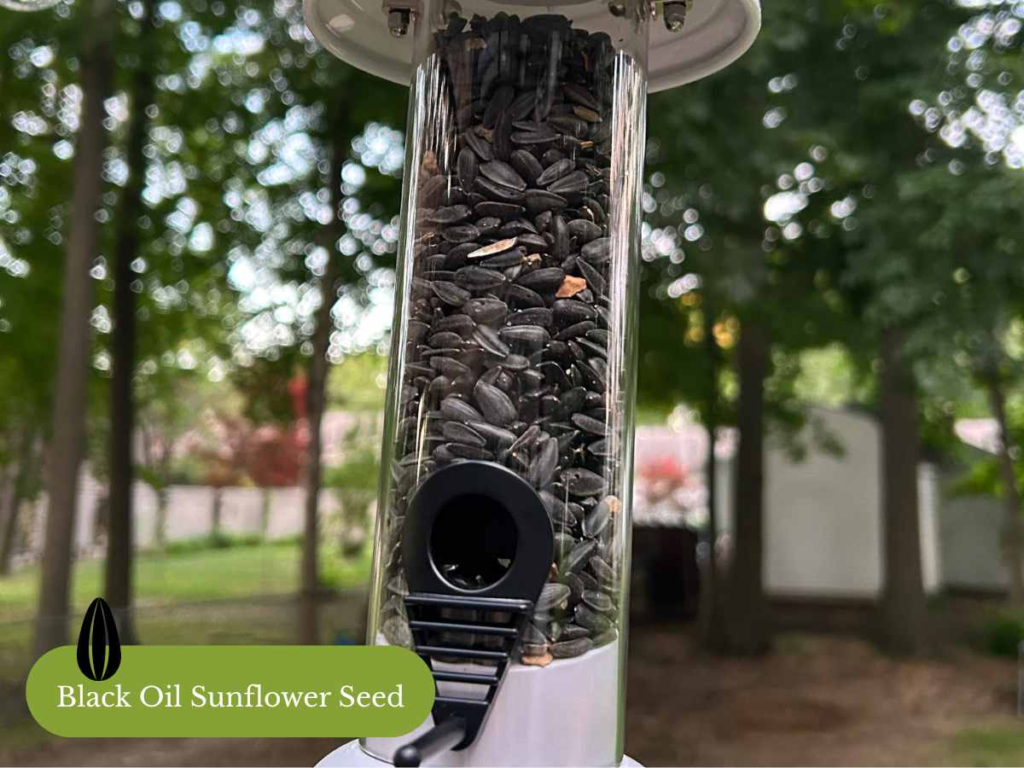
🌻 3. Stock Up on High-Energy Foods
Fall migration burns a lot of calories. Offer energy rich foods like:
- Black-oil sunflower seeds
- Suet cakes (great in cooler temps!)
- Peanut bits
- Nyjer seed for goldfinches
Keep feeders clean and full, migrating birds may only stop once.
Find my article on The 5 Best Bird Feeders For Your Yard for tips on the best ones to use.

💧 4. Keep Water Available
As natural water sources dry up or freeze, a clean birdbath becomes critical. Add a heated birdbath or a simple de icer to keep water accessible even on frosty mornings. Place it near shrubs for safety, and clean it every few days to prevent algae.
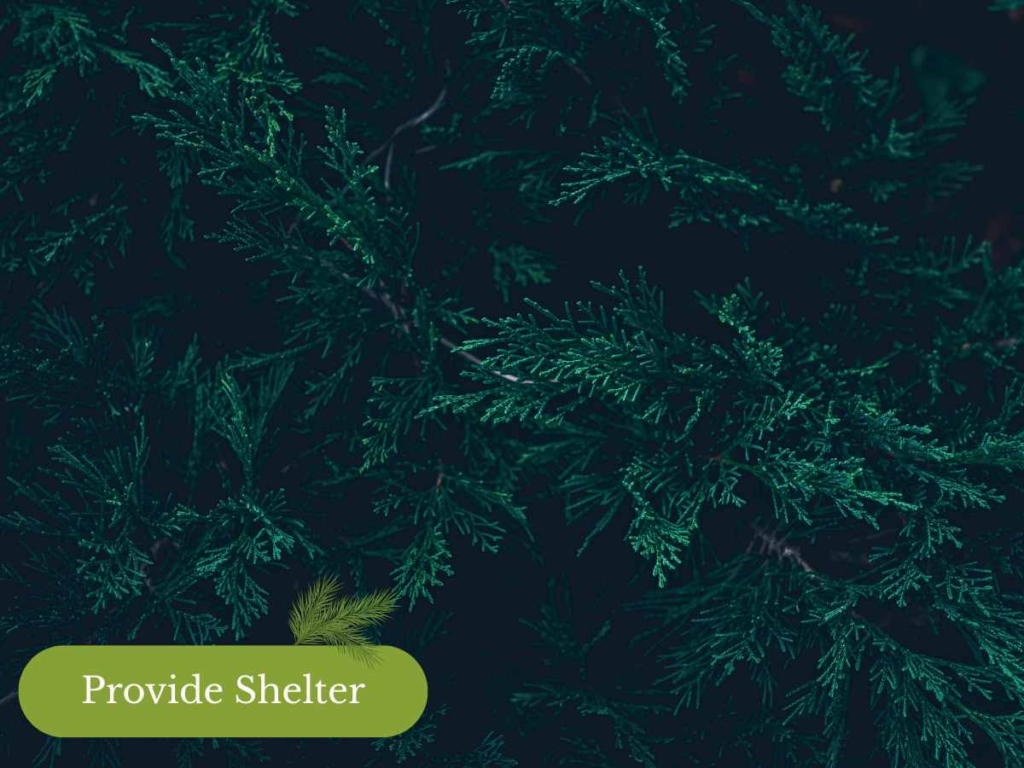
🌲 5. Provide Shelter
Birds need safe places to rest and stay warm. Dense evergreens, brush piles, or native shrubs create shelter from wind and predators. You can also leave up birdhouses some birds roost in them during cold nights!
🌟 Bonus Tip: Log Your Fall Visitors
Keep a simple journal or use an app like Merlin or eBird to track which birds show up. You might spot surprising migrants on their way south!
Attracting birds in fall is about more than feeders. It’s about building a bird friendly habitat. A little effort now goes a long way in supporting your feathered visitors through migration and into winter.
Curious which birds stay through fall in the Great Lakes?
Check out our list of 10 Birds You Can Still See In Your Backyard This Fall to see which birds to look out for!
